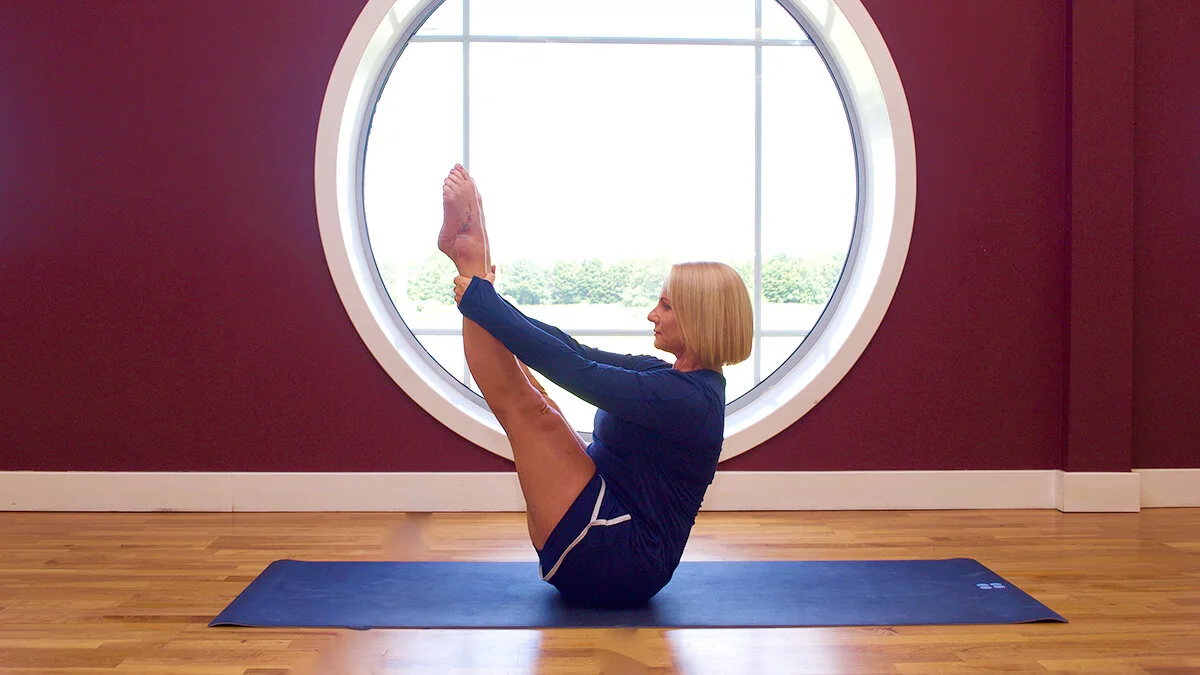How well do you know that feeling of having a tight band wrapped around your head that puts pressure on your forehead and temples? Or, even worse, a severe throbbing, pulsing pain on one side of your head – in other words, a dreaded migraine?
Up to 148 million people around the world live with migraine and those living with it report missing an average of more than 4.5 workdays per month. Interestingly, according to Dr Mark Green, president of the World Headache Society,“Seventy-five percent of people with migraine have neck pain”.
Neck pain is commonly associated with primary headaches, but there have been no biomarkers to measure myofascial involvement (myofascial pain is associated with inflammation or irritation of muscle or of the connective tissue, known as fascia, that surrounds the muscle.
Until now, that is … a recent article in National Geographic shows how new research links neck pain and inflammation with migraine and tension-type headaches and claims that treating neck pain may be key to relieving both conditions.
The researchers in Germany used special MRI scans to spot the connection. Their advanced imaging techniques focused on the trapezius – our kite-shaped muscle that stretches from the back of the neck down through the upper thoracic region.
The National Geographic article states that there currently isn’t a single guaranteed treatment to help both neck pain and headaches … but there are ways to improve these, such as through massage, acupuncture and applying heat or ice packs. In fact, Dr Nico Sollmann, who led the new research, notes that non-invasive treatments that target pain in the neck muscles could be as effective and safer than medications and “could lead to a simultaneous relief of neck pain, as well as headaches”.
Two such non-invasive treatments cited are myofascial release, which involves applying pressure to hyperirritable spots in neck muscles, and stretching techniques which are effective in improving migraine pain intensity and cervical range of motion. My latest course (in person at Bishop Gilpin in Wimbledon and also available live on Zoom) is specifically designed to help.
I will teach fascial release tapping and self-massage techniques to allow the shoulders to release away from the ears then focus on strengthening the core and back muscles to allow your head to ‘float ‘on top of the spine to help prevent those debilitating headaches or, even worse, migraines.
The classes I offer in person in Kew and Wimbledon and online provide a perfect combination of strength flexibility and mobility. For details, please view my timetable or get in touch




